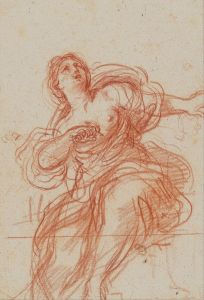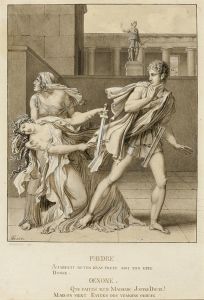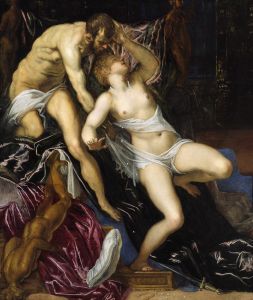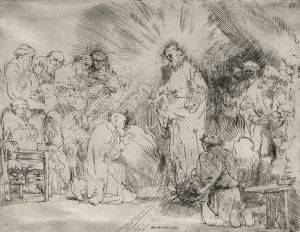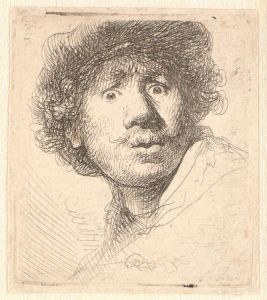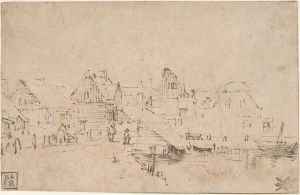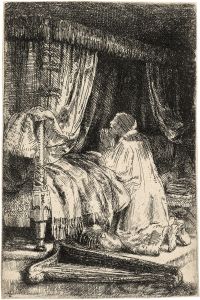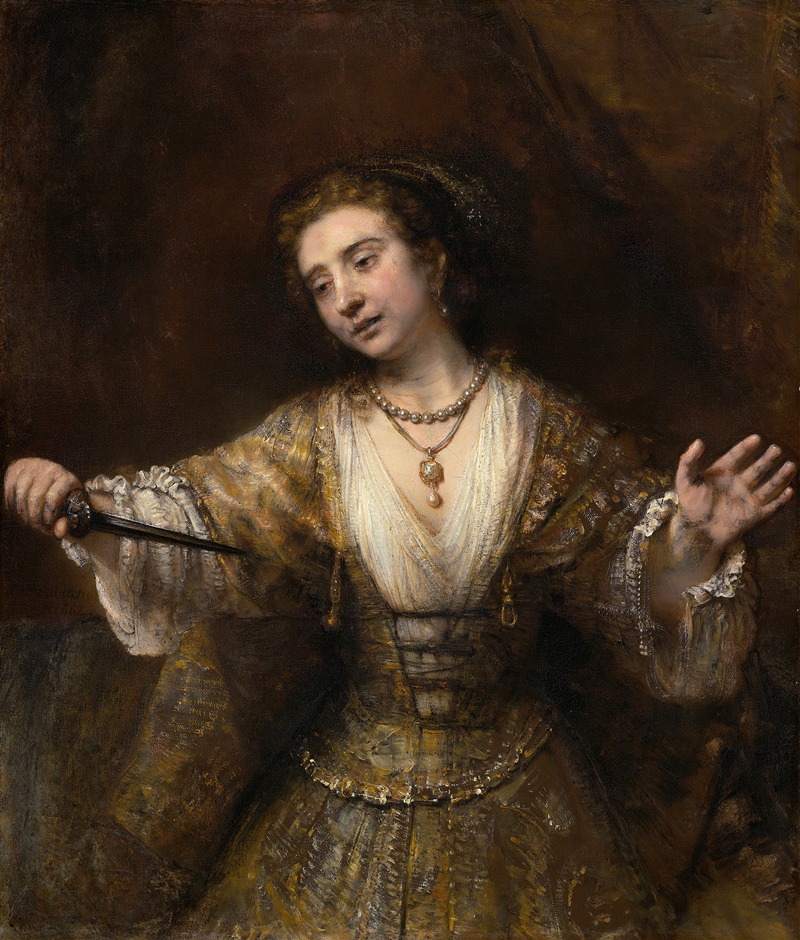
Lucretia
A hand-painted replica of Rembrandt van Rijn’s masterpiece Lucretia, meticulously crafted by professional artists to capture the true essence of the original. Each piece is created with museum-quality canvas and rare mineral pigments, carefully painted by experienced artists with delicate brushstrokes and rich, layered colors to perfectly recreate the texture of the original artwork. Unlike machine-printed reproductions, this hand-painted version brings the painting to life, infused with the artist’s emotions and skill in every stroke. Whether for personal collection or home decoration, it instantly elevates the artistic atmosphere of any space.
Lucretia by Rembrandt van Rijn
"Lucretia" is a painting created by the Dutch artist Rembrandt van Rijn in 1666. It is an oil-on-canvas work that depicts the Roman heroine Lucretia, a figure from ancient history and legend. The painting is housed in the Minneapolis Institute of Art, located in Minneapolis, Minnesota, United States.
The subject of the painting, Lucretia, is a well-known figure from Roman history, celebrated for her virtue and tragic fate. According to legend, Lucretia was a noblewoman who was assaulted by Sextus Tarquinius, the son of the last king of Rome. After the assault, she revealed the crime to her family and friends, demanding justice, and then took her own life to preserve her honor. Her death is said to have been a catalyst for the overthrow of the Roman monarchy and the establishment of the Roman Republic.
In this painting, Rembrandt portrays Lucretia at the moment of her suicide. She is shown standing, her expression solemn and resolute. She holds a cord or bell pull in one hand, which may symbolize her call for justice or her final act of summoning witnesses to her plight. In her other hand, she holds a dagger, which she has used to stab herself. Blood is visible on her white gown, emphasizing the gravity of the moment. The composition focuses on Lucretia's emotional state, capturing her dignity, sorrow, and determination.
Rembrandt's use of light and shadow in this work is characteristic of his style, with a dramatic contrast between the illuminated figure of Lucretia and the darker background. This technique, known as chiaroscuro, enhances the emotional intensity of the scene. The artist's attention to detail is evident in the textures of the fabric, the expression on Lucretia's face, and the subtle rendering of her surroundings.
The painting is one of two known depictions of Lucretia by Rembrandt. The earlier version, completed in 1664, is part of the collection of the National Gallery of Art in Washington, D.C. While both works address the same subject, they differ in composition and emotional tone.
"Lucretia" is widely regarded as a powerful example of Rembrandt's ability to convey human emotion and moral complexity. It reflects his interest in historical and biblical themes, as well as his skill in capturing the psychological depth of his subjects. The painting continues to be studied and admired for its artistic and historical significance.





